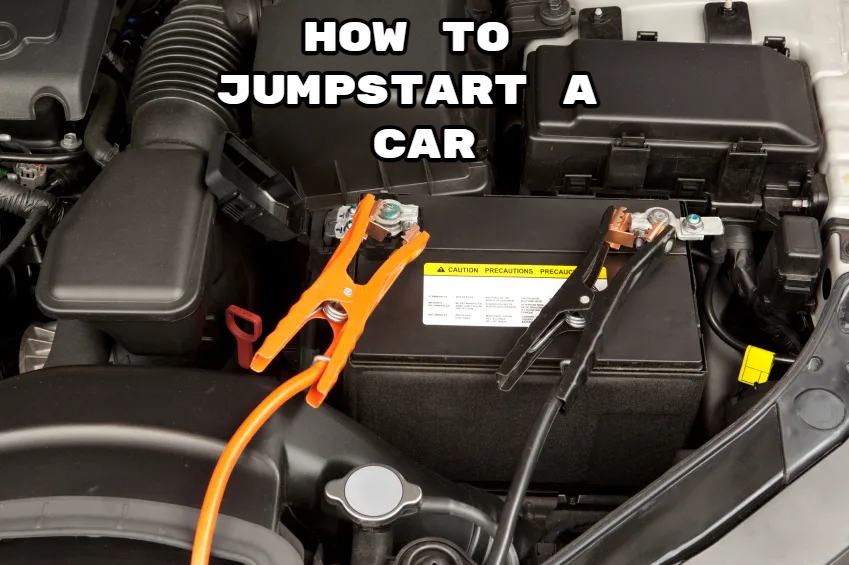Cars play an integral role in our daily lives, whether for commuting, errand-running, or embracing the joy of the open road. However, delving into the basics of vehicle maintenance and repair remains uncharted territory for many of us. With a dash of DIY enthusiasm and a handful of essential tips, you can empower yourself to tackle various car-related tasks. One essential skill to master is jumpstarting a car, and we’ll walk you through the process step by step.
Equipping Yourself for Success
Before delving into the jumpstarting process, ensure you have the necessary tools. These items should always find a home in your car:
- Jumper Cables: Opt for longer cables as they offer enhanced flexibility.
- Mechanic Gloves: Employ disposable gloves for basic protection, while heavy-duty gloves offer superior safeguarding.
- Flashlight: A reliable companion for emergencies.
- Paper Coveralls: Safeguard your attire, particularly when dealing with messy tasks.
- Owner’s Manual: Keep this manual in your glovebox; it’s a valuable resource for your specific vehicle.
The Jumpstarting Process: A Step-by-Step Breakdown
- Safety First: Before proceeding, exercise caution and apply your judgment when soliciting assistance from unfamiliar individuals. Communicate your whereabouts and situation to a trusted contact.
- Prior to Jumpstarting: Precautions to Take:
- Consult Your Owner’s Manual: Begin by perusing your vehicle’s owner’s manual. Certain manufacturers may advise against jumpstarting due to sensitive electronic components.
- Avoid Frozen Batteries: Do not attempt to jumpstart a frozen battery, as it could lead to further damage.
- Battery Condition Matters: Refrain from jumpstarting a cracked or leaking battery, as this poses serious risks. In such cases, procure a new battery or request towing assistance.
- Check Battery Fluid Levels: Ensure the battery is not devoid of fluid. Inspect individual cells for appropriate fluid levels and replenish with water as needed. Consult your owner’s manual for guidance and potential warnings.
- Dealing with Corrosion: If corrosion is present on the battery (visible as white or greenish powdery deposits), clean it using a wire brush or aluminum foil. Remember to avoid direct contact with the chemicals to protect your skin and respiratory system.
- Step-by-Step Instructions for Jumpstarting:
- Shield Yourself: Begin by protecting your attire and hands with appropriate clothing and gloves. Place a blanket or protective material on the ground to prevent dirt and debris from accumulating.
- Pop the Hood: Open your car’s hood, and if needed, release the latch. Use a prop stick to keep the hood securely open while you work.
- Locate the Battery: Refer to your owner’s manual if unsure about the battery’s location. The manual typically provides instructions or visuals for guidance.
- Prepare the Donor Car: Ensure the donor vehicle is parked near yours and powered off before proceeding.
- Identify Battery Terminals: On the battery, you’ll find two terminals: positive (+) and negative (-). Positive is usually marked in red, while negative is marked in black.
- Attach Cables:
- Securely attach the POSITIVE (red) clamp to the dead car’s positive terminal (+ or red). Ensure a solid connection for safety.
- Connect the other end of the POSITIVE (red) cable to the positive terminal (+ or red) of the functioning battery. The donor car should remain turned off.
- Attach the NEGATIVE (black) clamp to the negative terminal (-) of the working battery.
- Attach the final NEGATIVE (black) clamp to a non-painted metal surface on the engine block of the car needing a jumpstart. Opt for a metal nut or bolt that’s farther from the battery for a solid grounding connection.
- Start the Donor Car: Once all connections are secure, start the donor car.
- Attempt to Start Your Car: After a few minutes, try starting your car. If it doesn’t start, wait a bit longer and attempt again.
- Facing Challenges: If jumpstarting remains unsuccessful, reverse the cable hookup process and express gratitude to the donor car owner. Professional assistance is your next step.
- Success! Start Your Car: If your car starts, allow it to run for a few minutes to facilitate further battery charging.
- Detach the Cables: When it’s time to disconnect the cables, do so in the reverse order of attachment. To ensure optimal battery charging, drive your car for around 30 minutes before stopping again.
By mastering the art of jumpstarting a car, you’ve gained a valuable skill that can rescue you from unexpected situations. Remember, safety and precaution are paramount throughout the process. Empower yourself with these steps, and you’ll be well-equipped to navigate the roads with confidence.
